Dave Eggers may be best known as the author of such gems as A Heartbreaking Work of Staggering Genius and, most recently, Zeitoun, but he’s also one of the founders of several tutoring workshops from Brooklyn to San Francisco dedicated to improving the writing skills of kids 6-18. Last night he was talking about the second such workshop he opened up in San Francisco called 826 Valencia. It’s in the Mission District and Eggers said when he and his wife first looked at the building they thought it was perfect. Only problem was that it was zoned for retail. They needed to sell something inside the building. So, for no particular reason as he says, they decided to become the only pirate supply store in the Bay Area (heck, probably in the whole state of California). You could buy glass eyes, pirate flags, eye patches, peg legs—you know, basic pirate stuff. The thing is, the retail part of the tutoring workshops, which were held in spaces behind the pirate supply store, actually became quite successful. They were making money. One of their more popular items, said Eggers, was planks. But Eggers being Eggers, he decided they should diversify the types of planks they carried. So there was the hamster plank. And then the parrot plank. And finally the kitten plank.
Now when Eggers said they’d sold a kitten plank, a groan went up from the assembled group. Eggers immediately acknowledged it. “I guess the kitten plank is where we crossed the line,” he said. “It’s okay to sell a hamster plank but no one wants to hear about a kitten plank.”
This is a very long-winded way of explaining how I also seemed to have crossed the line recently in my blog. As I wrote a week ago, while I was fishing on a boat off the coast of Cuba, I had some interesting conversations with a young friend who was reading Ernest Hemingway’s The Sun Also Rises. He didn’t really like the book, mostly because he didn’t understand the “Lost Generation” references or why all the relationships were so screwed up or why the language was the way it was. So I decided that I’d do sort of a parody of the book making the people who were on the boat in Cuba the characters with him as the protagonist based on the Robert Cohn figure.
I forget sometimes (okay, all the time) that not everyone is as enamored of literature as I am. I forget that when someone says Gee, it would be so fun to live in Paris and I answer, “Isn’t it pretty to think so?” that they have no idea that I’m referencing the final line in The Sun Also Rises. I forget that you can say Brad and Angelina and everyone will know exactly who you are talking about but if you say Jake Barnes and Lady Brett Ashley they will look at you like you’re crazy.
So for two weeks I wrote this parody on my blog, none of which was true, although the setting on the boat in Cuba was true, and people read it and thought it was factual. Even people who knew I was writing a parody of the book. I started getting these crazy e-mails from readers who were worried about me and, even more distressing, the friend who I’d turned into the Robert Cohn figure started getting phone calls from his mother saying she was getting calls from her friends all over the world distressed that her son was being portrayed as such a cad.
In short, it seems that I had begun selling kitten planks—I’d crossed the line. Of course, to me it all seemed a bit silly and crazy. But that doesn’t matter. The fact is that it sincerely distressed some people who I am extremely fond of and for that I’d like to apologize. And make it very, very clear: The character in the blog, who was named Cameron, was never in a relationship with a woman named Suliet (although there was a Suliet on the boat). Nor did he ever strike me or get drunk or do any of the other Hemingwayesque activities I attributed to him and to me. The lad is a fine person and nothing like the Robert Cohn figure at all. I hope everyone understands that now (including his worried mum). And there’s no need to worry about either him or me or even Suliet. It was all just a dream. And I promise not to sell any more kitten planks in the future. Really.

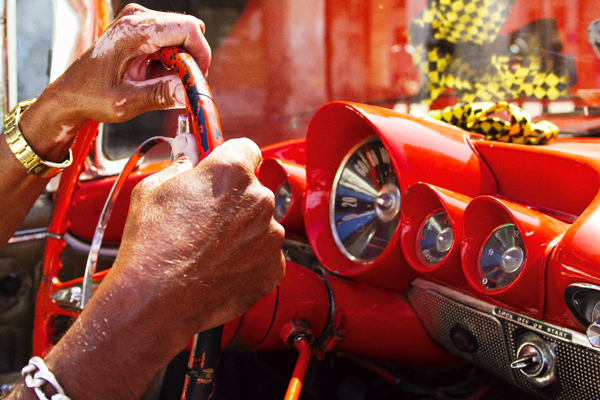

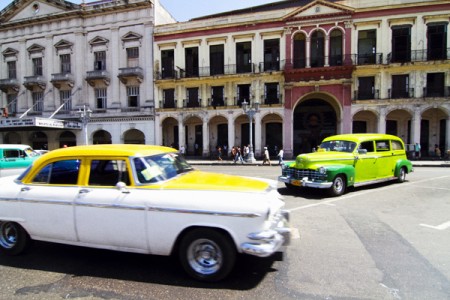
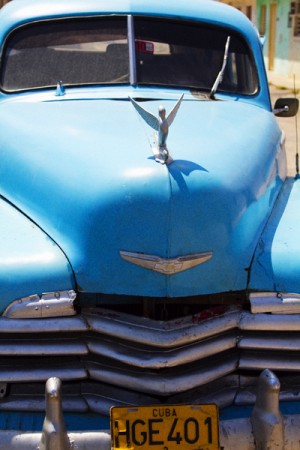

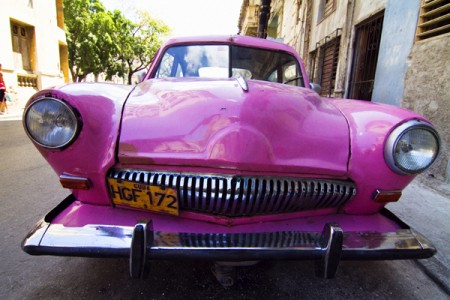

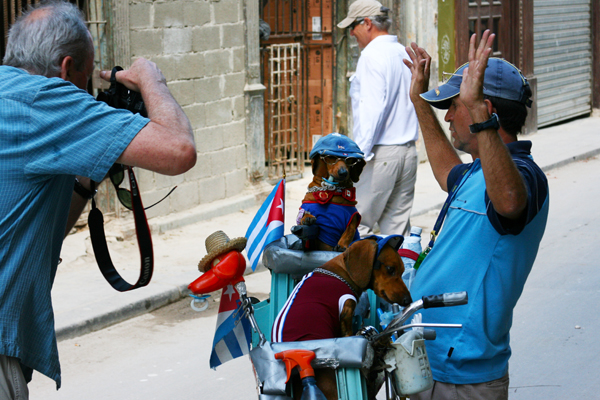
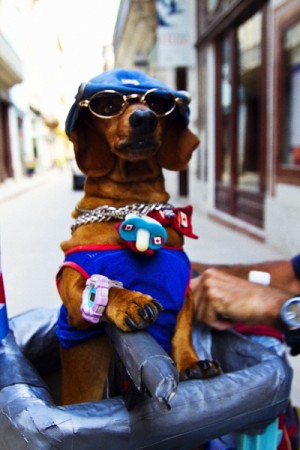
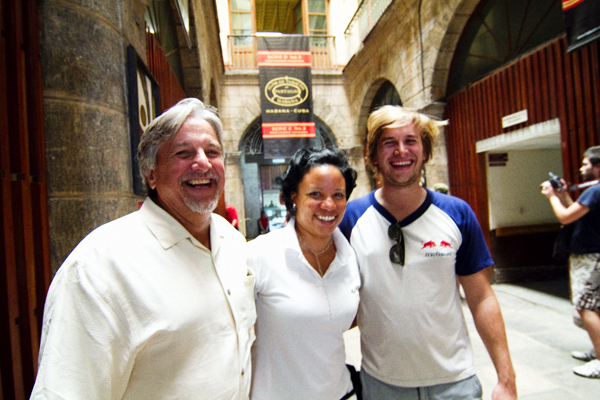

Recent Comments